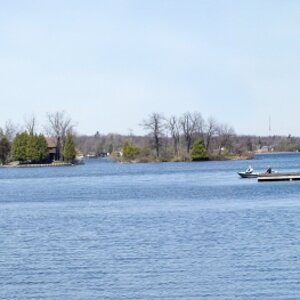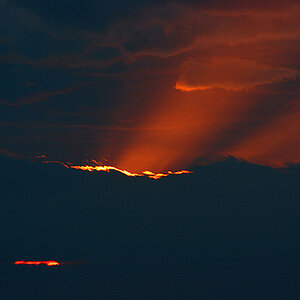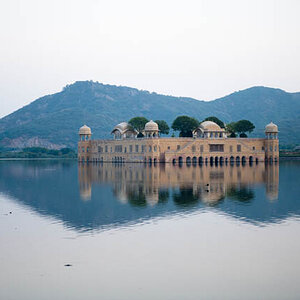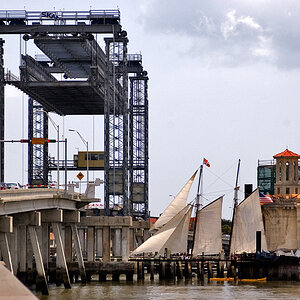RPDean
TPF Noob!
- Joined
- Feb 22, 2010
- Messages
- 15
- Reaction score
- 0
- Location
- Bishops Stortford, Hertfordshire
- Can others edit my Photos
- Photos NOT OK to edit
Ok so i feel like a bit numpty but here goes...
Im trying to learn as much as possible about photography and it would be great if some experts here would be able to help me out/give advice
Right now Im (trying) to teach myself about 35mm equivalent what it means, how you calculate it, why do you need it etc. Im kind of struggling but getting there.
Basically Id like someone to tell me if what Im understanding about this is on the right track or completely wrong. So here it is..
When a focal length of a lens is described as being 35mm equivalent, it is telling you what that focal length would be on a 35mm film as opposed to a smaller image sensor. Basically its telling you what angle of view the focal length would give if it were on a full frame 35mm film. The focal length does not change but the field of view does due to the difference in image sensor size.
Is this totally wrong or on the right track? its probably so simple..any help would be greatly appreciated.
its probably so simple..any help would be greatly appreciated.
also why is 35mm equivalent used? is it just to tell a 35mm film user what angle of view he would get on his camera from a particular lens??
Im trying to learn as much as possible about photography and it would be great if some experts here would be able to help me out/give advice
Right now Im (trying) to teach myself about 35mm equivalent what it means, how you calculate it, why do you need it etc. Im kind of struggling but getting there.
Basically Id like someone to tell me if what Im understanding about this is on the right track or completely wrong. So here it is..
When a focal length of a lens is described as being 35mm equivalent, it is telling you what that focal length would be on a 35mm film as opposed to a smaller image sensor. Basically its telling you what angle of view the focal length would give if it were on a full frame 35mm film. The focal length does not change but the field of view does due to the difference in image sensor size.
Is this totally wrong or on the right track?
also why is 35mm equivalent used? is it just to tell a 35mm film user what angle of view he would get on his camera from a particular lens??


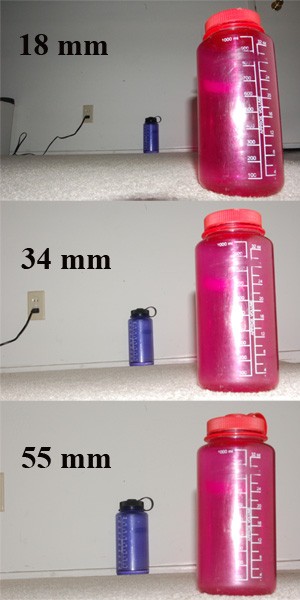
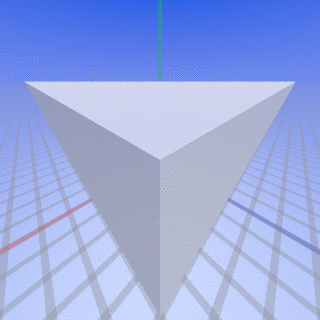
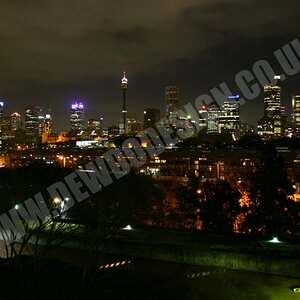
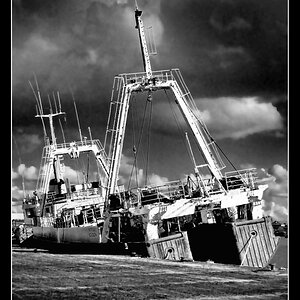
![[No title]](/data/xfmg/thumbnail/42/42468-f720ff996eb9cc6554c0019901223156.jpg?1619740193)

